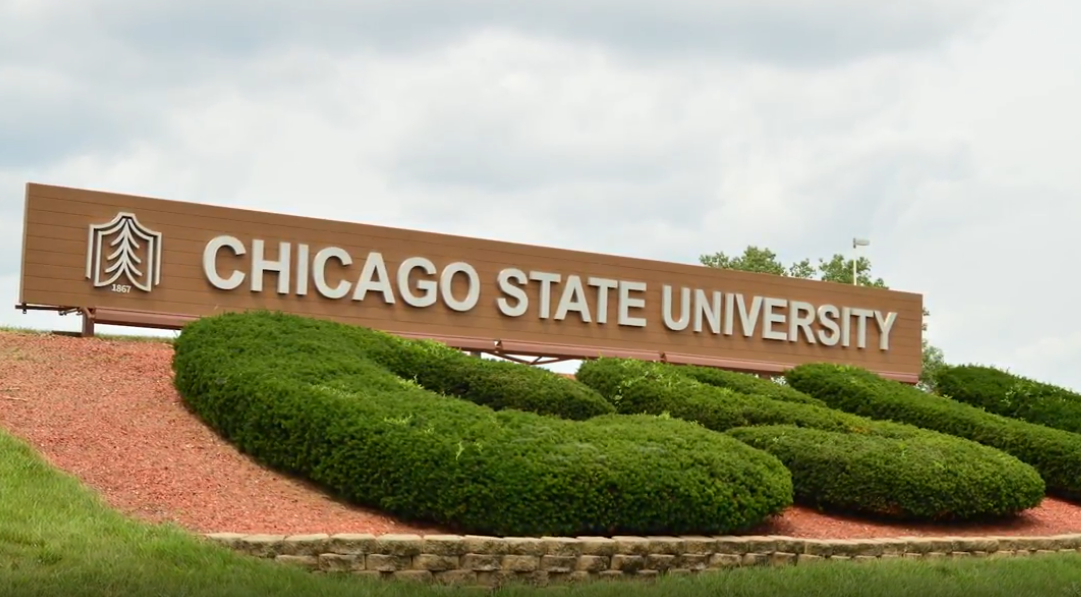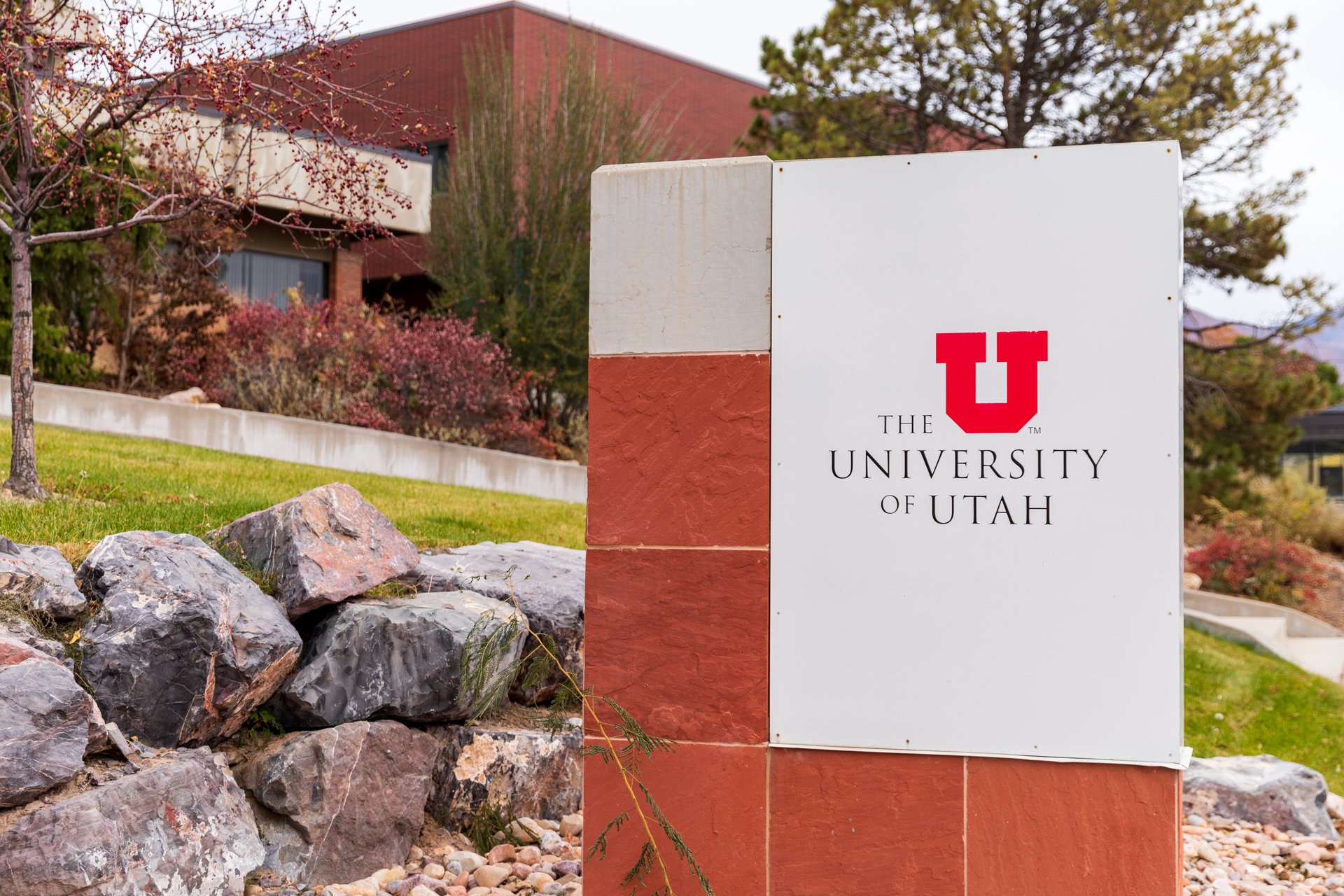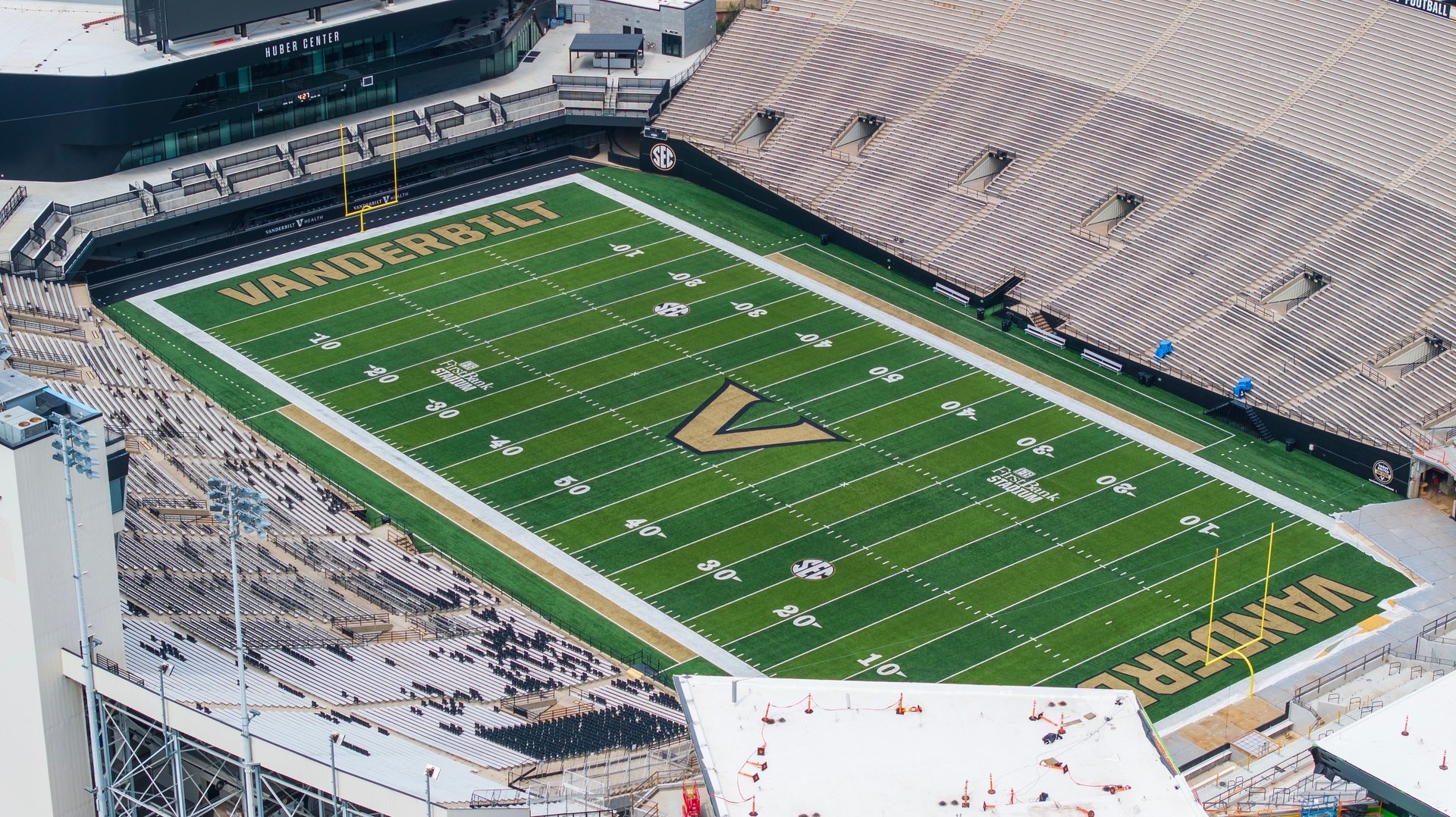Good morning, and thank you for your continued support of Extra Points.
Real quick, before I pass the mic over to Andy here. We're going to run a reader mailbag at the end of this week. If you have questions about NIL, NCAA Constitution stuff, realignment, college sports history, or anything else remotely Extra Pointsy...send 'em my way at [email protected] OR @MattBrownEP on Twitter.
Bryan and I spent all of last week interviewing everybody we could find to ask about the future of college sports...to better understand how changing NCAA bylaws, looming legal decisions, or anything else might shape what college sports looks like. While we were doing that, Andy was calling around and asking other experts. Here's one potential vision for the future....
Georgia beat Alabama for the national title earlier this month, and you could argue that another winner, once again, was the SEC. The league claimed its third consecutive national champion and its 12th champion in the last 16 seasons. In that span, the SEC has also produced six national runners-up, with five of its 14 current members playing for multiple national championships and winning at least one since the 2006 season.
Soon, Oklahoma, tied for third nationally with four CFP appearances, and Texas, a university that also has a football program, will join the SEC, in the actualization of a landmark shift in conference realignment that could forever alter the shape of college athletics.
Extra Points spoke with experts involved in college football recruiting, economics and antitrust, media rights, college athletics governance, and data and analytics in order to take stock of where college football is and to try to make sense of where it might go in the future.
How will the highest level of college football be structured in the future?
When asked what is the biggest threat to the current structure of college athletics, Andy Schwarz, an economist at the firm OSKR who specializes in antitrust, damages and sport economics, said, "They need to come to grips with the fact that increasingly, the legal structure is not going to pat them on the back and say, 'There, there. You are special. You don't have to follow the law like everyone else.'"
While the formation a super conference or the separation of the highest level of college football from the rest of the NCAA structure could be several rounds of conference realignment away, it's not too early for college athletics' powerbrokers to start planning for the possibility. A potential ruling from the National Labor Relations Board that classifies college athletes as employees is one potential impetus that could completely upend the status quo.
"There might be an employee-employer relationship between the student and the university, and I think within the next two or three years, we'll have to sort through that and figure out what does that look like," North Carolina Director of Athletics Bubba Cunningham told Extra Points' Matt Brown in a recent sit-down interview for AthleticDirectorU.
The decentralized authority in college athletics, filled with disjointed decision-makers with often competing interests, can cause it to move slowly.
"We could do a thousand different things but we just can't do what we're doing now," B. David Ridpath, an associate professor of sports management at Ohio University who previously served as the president of The Drake Group, said of the current state of college athletics.
With everything that has gone on in college athletics in the last few years – from athletes' rights movements, to the Supreme Court's 9-0 ruling in the Alston case, to the latest round of conferences realignment, to the NCAA's handling of NIL – some see an opportunity for more private entities to get involved in the development of elite athletes.
"I believe that there will be a private entity that's gonna completely dissolve a huge part of Division I college football," said Andy Bark, the founder of Elite 11, The Opening, Nike Football Training Camps, the SPARQ Combines and Student Sports, suggesting long-term possibilities potentially involving the USFL, XFL, AFL or NFL. While Ridpath believes that college football and basketball will always exist in some form or fashion, he said, "I think that we're going to see more externally based developmental systems and leagues."
Schwarz, the economist, said, "I think it will have to take a complete f— up by the current college system before the NFL spends a penny on something they're getting for free."
'You would instinctively, I think, want to blow it all up'
"I think if you detach yourself from history and tradition and the way college football has been set up for decades, of course it makes sense that there will eventually be some sort of super league," said Jeff Nelson, the president of the research, data and analytics firm Navigate. "We often say, 'Hey, if an alien landed on planet Earth and started to learn about college football, they would be baffled.'
"'Wait, why is it set up this way? Why are these programs kind of grandfathered into this outrageously lucrative Power 5, while these other programs are kind of fighting uphill and stuck with a widening gap?'
"You would instinctively, I think, want to blow it all up."
Patrick Crakes of Crakes Media Consulting, a former FOX Sports senior vice president of programming, research and content strategy, said Oklahoma and Texas' decisions to leave the Big 12 for the SEC shows how the theoretical formation of a super conference or super league could be more possible than before.
"What could get in the way of that could be, ironically, College Football Playoff expansion," he said. "If you got that big enough, suddenly the economics drive from that and the fact that the conferences are so linked to it means it might be harder to bust out the 20 schools or the 30 schools you need for a super conference or a super league."
So where would be the theoretical cutline between the haves and have-nots?
As Ridpath put it, "it's not haves and have-nots, it's haves and never-will-bes."
With the additions of Oklahoma and Texas, the new-look SEC will have 16 members. The Alliance, consisting of the ACC, Big Ten and Pac-12, has 40 member institutions between its three conferences. Then there's Notre Dame.
Something would have to give.
"In college football, it includes the Power 5, but not all of them," Crakes said of a theoretical super conference or super league.
According to Ridpath, there's also a potential scenario where a slimmer version of the highest classification of college football could form through attrition at the bottom of the FBS. "Schools are just going to be spent out," he said, "and then there's going to be some schools stepping up, saying, 'We're done.'"
"Somebody could give Middle Tennessee State a $100 million for 10 straight years and you know what? They're not going to be a top-25 football program," Ridpath continued. "They're still going to be $100 million behind. What Middle Tennessee should be doing is figuring out where they can afford, and sustain, and actually compete for a championship at the level that they're capable of, and that'll mean more for the school than trying to be something they're not."
'If I were the Deputy Assistant Attorney General...I would step in and stop it'
"You know the joke about, 'To a baby with a hammer, everything looks like a nail?'" Schwarz said. "To an antitrust economist, with an open-ended question, everything looks like an antitrust problem. I think the biggest thing you have to think about is whether or not the antitrust laws are going to be enforced if a process of further consolidation or reorganization occurs that leads to something like a college sports super league happening."
"If I were the Deputy Assistant Attorney General, which is the title that the chief economist at the DOJ has, I would step in and stop it, because, right now you have five highly successful, competitive leagues that are competing in the output market space for dollars, eyeballs, all sorts of things, and providing really a smorgasbord of entertainment."
Schwarz noted that many European soccer leagues, such as the English Premier League, don't have nearly the same antitrust concerns that a theoretical college football super conference might have because there's a system of promotion and relegation in the EPL. However, Schwarz thinks a super-league concept could be more viable, legally, if it's pitched differently.
An upper echelon of schools could work, Schwarz said, if they're assembled by the participating schools opting in, rather than intentionally leaving other schools out.
"I think if the NCAA formed a new division called 'Open Division,' or 'Division 0,' or whatever you want to call it, and merely said, 'Anybody who wants to not have pay caps can play in this division,'" Schwarz said. "They can play FBS schools the same way that FBS schools can play FCS, or that FCS can play DII, you know you can always play one level below, so that if USC and UCLA join Open Division, they can still play in the Pac-12 against the rest of them that stay at FBS, if the rest of them want to be 'amateur.' It's more like a Champions League than a super league, where they're kind of competing against their brethren in this new thing, but they're also still in this other thing.
"I don't think that would have the same level of antitrust concerns because it was essentially open to anyone and also because it wasn't about restrictions, it was about opening up competition on the pay side."
With European soccer as a guide, the end of the Super League could also be informative when applying the possibility to college football
"What happened with the Super League in European soccer is proof that if you truly do try to blow up something that has decades and decades of history and tradition and fan bases that care about those things, massively, it's not going to work," said Nelson, the president of Navigate. "It's going to blow up in your face. It only reinforces that any changes that do happen will be very incremental and it makes me skeptical that ever will be a true super league. I think the Champions League concept maybe could be the incremental evolution and you can find a way to make it work with only 15 or 16 total games split across your historic, traditional conference play and your Champions League, as it were.
"At the risk of being on Old Takes Exposed in a few years, all of our work in the collegiate space...has told me that what might seem like it's inevitable, every year I think I'm more and more skeptical that there will be any sort of super league."
How might TV rights affect the future of the sport?
"I see the future as looking a lot like the present, with incremental digital distribution," Crakes said. "We won't see a reset of any of that, I don't think, in a really dramatic way until the 2030s."
Next decade is when the SEC (whose next contract will run through the 2033-34 academic year) and ACC (through 2035-36) will next renegotiate their contracts, and Crakes said you can learn what conferences think about the future of media by analyzing the length of their media rights contracts.
In order to do some back-of-the-napkin calculations on what a theoretical super league or super conference could potentially earn from its media rights, Nelson suggested using the NFL as a benchmark, with the hypothetical super conference mimicking the way the NFL divvies up its media rights and structures its league.
"How close do you think you could get your viewership numbers in a collegiate super league to what it is in the NFL and then based on that proportionality, look at what the NFL is generating and apply that ratio," he said, later continuing, "I'm guessing, if you really dug in deep and tried to project what the super league could generate in terms of TV viewership, it probably would not be quite on par with the NFL but it would likely be right up there with the other major sports leagues, if not higher."
According to Sports Media Watch, NFL games during the 2021 regular season that kicked off in the "late doubleheader" time slot had an average rating of roughly 11.8. The average rating for the early doubleheader kickoff time slot was roughly 7.7.
The only college football games last season that cracked a rating of 7.7 were the CFP National Championship (12.1), Cotton Bowl (8.6), Rose Bowl (8.2), SEC Championship (8.2), Orange Bowl (8.1) and Michigan-Ohio State (8.1), per Sports Media Watch. As one point of reference, the 46 games played during the 2021 season between programs that rank in the top 25 in all-time winning percentage among Power 5 programs, plus Notre Dame, received an average rating of 2.85.
The NFL's next media rights deal is worth $113 billion over 11 years, for an annual lifetime average of almost $10.3 billion. Could a theoretical college football super league warrant media rights deals, adjusted for the number of programs and games involved, that are worth, say, 30 percent of whatever the NFL's media rights contracts are valued at the time?
Ultimately, will the negotiations for the next round of media rights contracts, or the round after that, significantly impact how the highest level of college football is structured going forward?
"The one thing I know for sure is the Power 5 is going to become more important, not less, and I think everybody understands that," Crakes said. "The teams that drive the most value in the Power 5 are going to be looking increasingly for ways to get more value."
Can the most powerful schools in the Power 5 extract that value in the current governing system? Will the court system force changes upon college athletics? Or lawmakers?
That's what remains to be seen.
This Extra Points Newsletter is brought to you by RISE:

RISE is hiring! The national nonprofit educating and empowering the sports community to eliminate racial discrimination, RISE is looking for passionate and mission-driven professionals at the director, manager, coordinator and fellowship levels. Since 2015, RISE’s diverse and dedicated staff has empowered more than 500 partners – including at all levels of collegiate athletics – and educated more than 5 million people to leverage the power of sports to end racism and champion social justice. At RISE, you can join our team as we work with youth, collegiate and professional athletes, coaches and staff to help inspire leaders in sports to create positive change on matters of race and equality. Visit risetowin.org/careers or email [email protected] to apply.
This Extra Points newsletter is also brought to you in part by Morning Brew.

There's a reason over 2.6 million people start their day with Morning Brew— the daily email that delivers the latest news from Wall Street to SiliconValley, to Extra Points publisher Matt Brown. Business news doesn't have to be dry and dense...make your mornings more enjoyable, for free.
(Extra Points earns a small commission for each click on that link)
To sponsor a future Extra Points newsletter, please email [email protected]. For article ideas, newsletter feedback, FOIA tips, athlete NIL sponsorships and more, I'm at [email protected], or @MattBrownEP on Twitter. Andy can be reached at @AndyWittry on Twitter or at [email protected]. Extra Points can be found on Reddit at /r/extrapointsmb

















